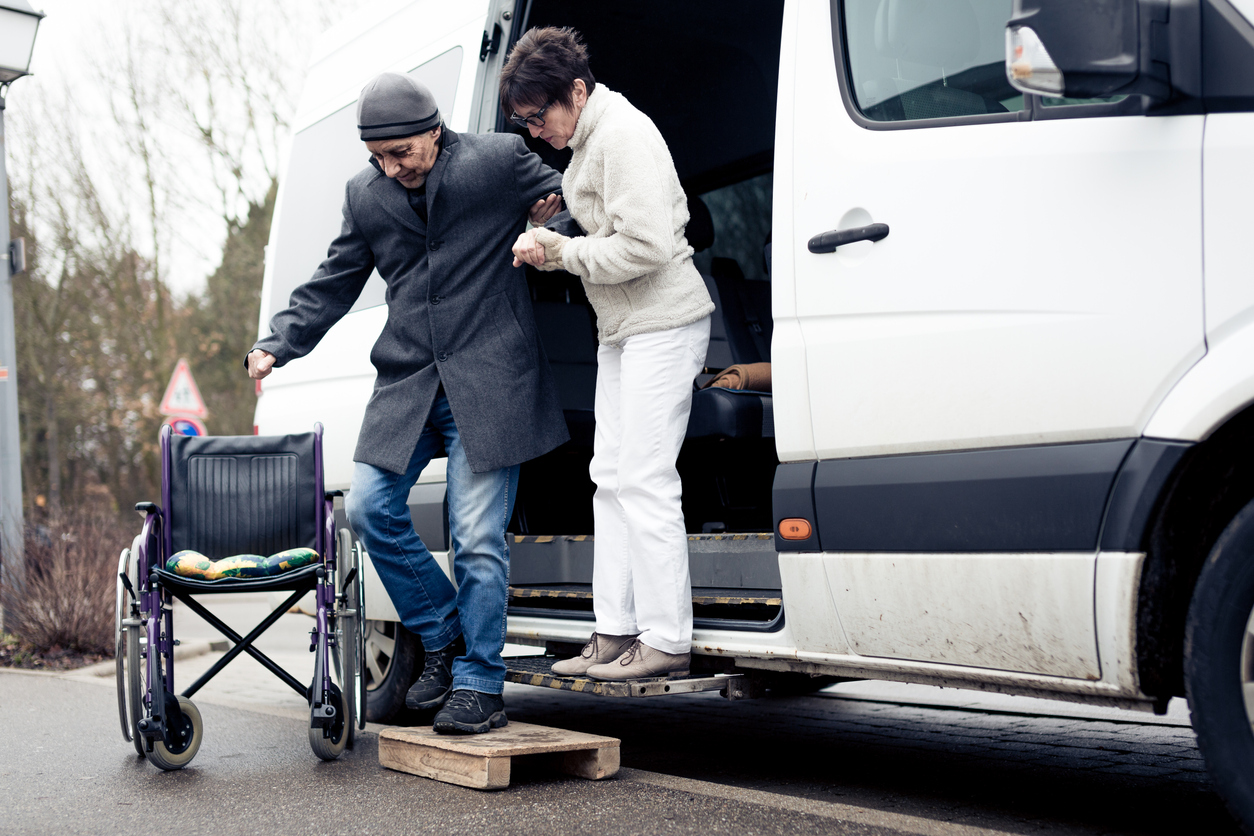We all know that transportation is more than getting people and goods from one place to another. Given a choice, many would prefer the shiny new car with all the bells and whistles over the junkyard bargain that has a hole in the muffler, balding tires and a window that will not roll up. How determined you are to get to an event can lower your choices and standards.
Transportation is more than a vehicle. It is about mobility, independence and autonomy. Transportation is a social determinant of health, a part of our environment which greatly contributes to our quality of life. It gives us access to more than just medical help and other appointments. With it, we can connect to healthy foods, safer neighborhoods and social activities. Having reliable transportation can enrich our relationships and social life, contributing not only to our sense of well-being, but also keeping us cognitively connected.
Barriers to transportation
Think of every place you travel to in an average month. For most Americans, this includes daily round trips to work, stops to run errands at places like the supermarket or department stores, visits with friends, the occasional medical appointment and breaks to enjoy leisure activities at places like the library, local theater or bowling alley. For most Americans—around 89 percent of adults—these trips involve using a car. Many factors have contributed to lack of widespread public transit and walkable towns and cities in the US, particularly in rural areas, resulting in most adults needing to rely on a personal vehicle to get around.
Now think of an older adult who can longer use a personal vehicle to make these trips. This can happen for many reasons, including:
- Cognitive impairment
- Disability or other mobility issues
- Trouble seeing or hearing
- Use of medications that make it unsafe to drive
- Changes in ability to react quickly to changes in traffic or respond to the actions of other drivers
Even for older adults whose health allows for them to drive safely, the cost of transportation can be a financial as well as a logistic struggle. Maintenance on a car, especially older models, can cut into your budget. For older adults who are struggling with paying for food, medications, and utilities, this is one expense that may be put on hold. Poor quality roads can also contribute to extra costs as you dodge potholes.
Don’t let these obstacles limit your travel: How to help your loved one with transportation
Accessible transportation for older adults and the disabled isn’t all gloomy. Many health insurance companies include transportation to and from medical appointments in their plans. Local communities have made and continue to make getting around more accessible. Senior Centers will frequently offer ride services for the community to shopping, travel trips and activities at the Senior Center. Dial-a-Ride can offer curb-to-curb services at scheduled times as well as community volunteer transportation from non-profits such as Faith in Action and local churches.
Uber and Lyft have become increasingly popular, but the challenge of navigating a smartphone app can be daunting, and often the assigned driver may not be equipped to help an older adult, especially one with special needs. GoGo Grandparent addresses these concerns by allowing seniors to access Lyft and Uber while using their landline or smartphone, and by screening and monitoring rideshare request from older adults, including those with disabilities, to provide them with drivers qualified to handle their needs
With new options comes a need for increased safety for passengers. Here are some ridesharing tips when to help you and your loved ones stay safe:
- Always check the pickup and drop-off address to make sure it posts correctly.
- In driver notes, give any information to facilitate pickup. Example: My house is at the corner of Elm and Oak Street, and I will exit the side door on Oak for my pick-up. The more information for the driver, the better.
- When the driver accepts the pickup, the passenger will get a picture of the driver and the make and model of the vehicle.
- Don’t be in a hurry and get into the wrong car.
- Uber encourages their drivers to interact with passengers if desired. Lyft does not, but most do anyway.
- Uber asks drivers to transport those with wheelchairs, canes and walkers, and to load the equipment into the luggage area.
Staying socially active and engaged contributes to physical, emotional and mental well-being. As a caregiver, make sure your loved one has access to the places they need to go to thrive in the best way possible.



